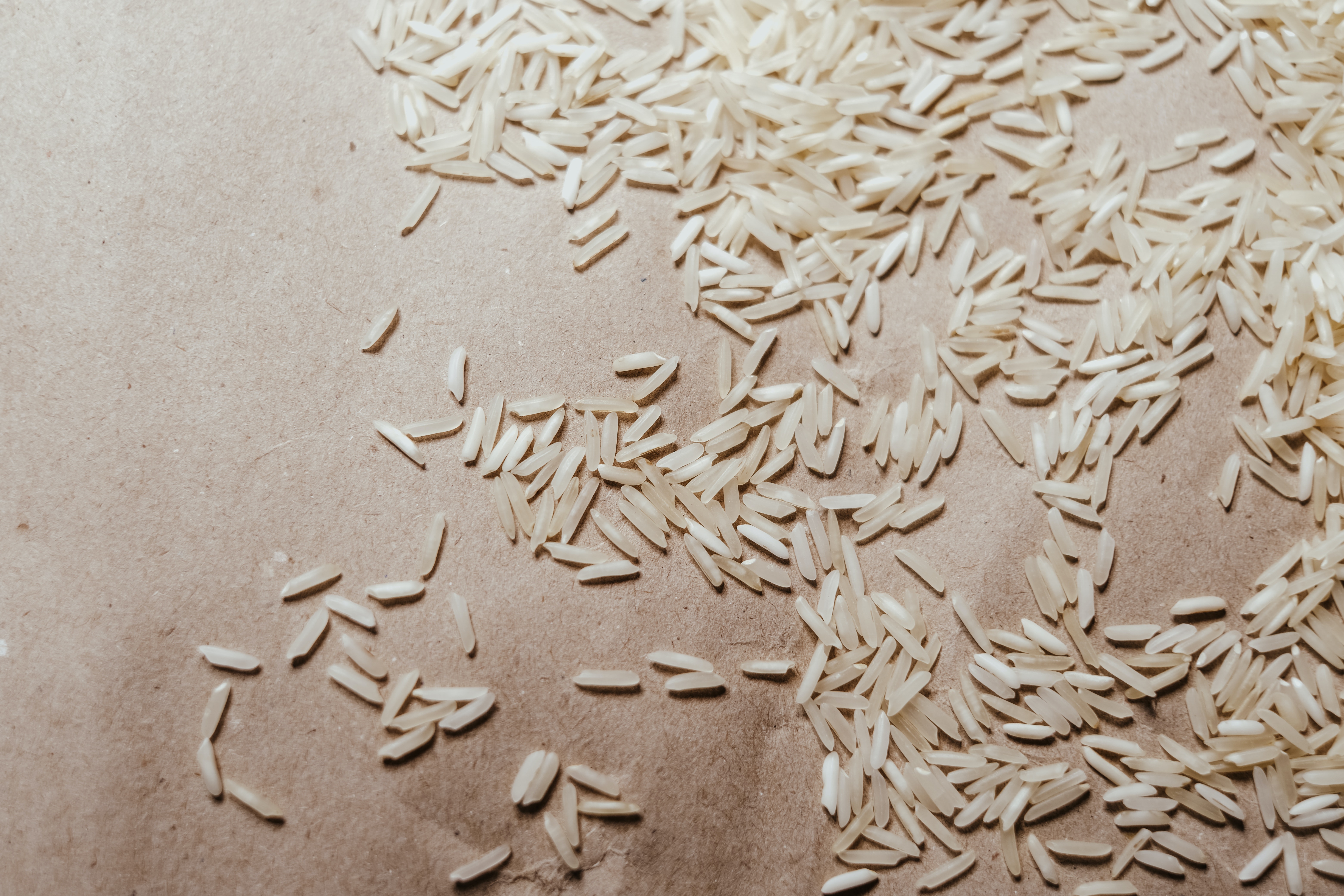Rice is a staple plant-based food consumed all over the world. It’s enjoyed on its own as a meal and pairs with many dishes like stir fry and salads. Better yet, it’s easy to make, whether boiled in a pot or steamed inside your rice cooker.
If you cook at home, this source of carbohydrates and protein goes great with anything from meat to vegetables, and there are many varieties of rice to choose from. We’ll help you get started telling them apart so you can get cooking on some amazing new rice dishes.
Different Types of Rice
The length of the grain influences the texture and composition of the rice, so that influences your recipe. Rice grows in three different size varieties:
- Long grain: When milled, these grains remain over three times as long as they are wide. The rice stays dry, fluffy and separated after cooking.
- Medium grain: Measuring twice as long as they are wide, medium grain is a bit more moist and clumpy.
- Short grain: Short grain is less than twice as long as the width of the grain and tends to stick and cling together.
Now let’s go over some appearances and flavors of popular rice:
- White rice: This long grain rice has a mild taste, so many at-home cooks enhance the flavor of rice with seasonings and sauces. Milling and polishing removes the hull, bran and germ for a shiny look. Since the process takes out some nutritional value, white rice is often enriched with B vitamins and iron.
- Brown rice: This variety comes from the same grain as white rice, but is processed less and keeps its bran layer for a slightly nutty flavor. As a whole-grain rice, it also has denser nutrient content for your dishes. But since the bran can spoil, try to use it within six months of purchase.
- Sticky rice: Also known as glutinous rice or sweet rice, this short grain stays stuck together when cooked. Sticky rice is also ground into sweet rice flour for desserts in Asian cuisine.
- Black rice: Sometimes called forbidden or purple rice, this type is soft and especially nutty. Its distinct color is a good contrast with lighter rice in a pilaf.
- Wild rice: This rice variety is actually a species of aquatic grass, but the cultivated seeds are prepared and eaten. It has tougher texture but loads of nutritional benefits, including proteins and B vitamins.
Great-Tasting Rice Recipes
A serving of this grain is beneficial on its own, but the real value and taste comes by pairing rice with other foods. Try out our favorite recipes featuring rice:
- Szechuan Roasted Vegetables and Brown Rice: A nutritious way to eat vegetables and rice together with a freshly cracked egg. The peppers and our Szechuan Sauce add some refreshing heat and spice.
- Orange Turmeric Wild Rice Salad: A perfect recipe for trying the exotic flavor profile of wild rice with a medley of vegetables, seasonings and a tangy hint of our Orange Sauce.
- Oyako Donburi (Chicken & Egg with Rice): Try a yummy bowl of this authentic Japanese dish served over rice with our Tamari Soy Sauce!
- Takikomi Gohan (Japanese Mixed Rice): A delicious authentic Japanese dish using shiitake mushrooms.
What to Look for When Buying Rice
Rice is rather inexpensive and you can buy it in bulk. Keep a few of these helpful guidelines in mind when making your purchase:
- What’s the length of the grain? Remember, short grain’s stickiness is good for creamier dishes, while long grain is lighter and drier, clumping less with other ingredients.
- Is it whole grain? Non-white rice will give you more nutrients because of the bran, so you can try choosing whole grain if you want diverse nutrition in your meals and a distinct taste.
- Is it “instant rice”? This means the rice has been pre-cooked and dehydrated, so it requires a brief reheat at your home.
We hope you’re eager to explore the possibilities of rice in all kinds of cuisine! For more ideas, explore our recipes section!
Back to Top

